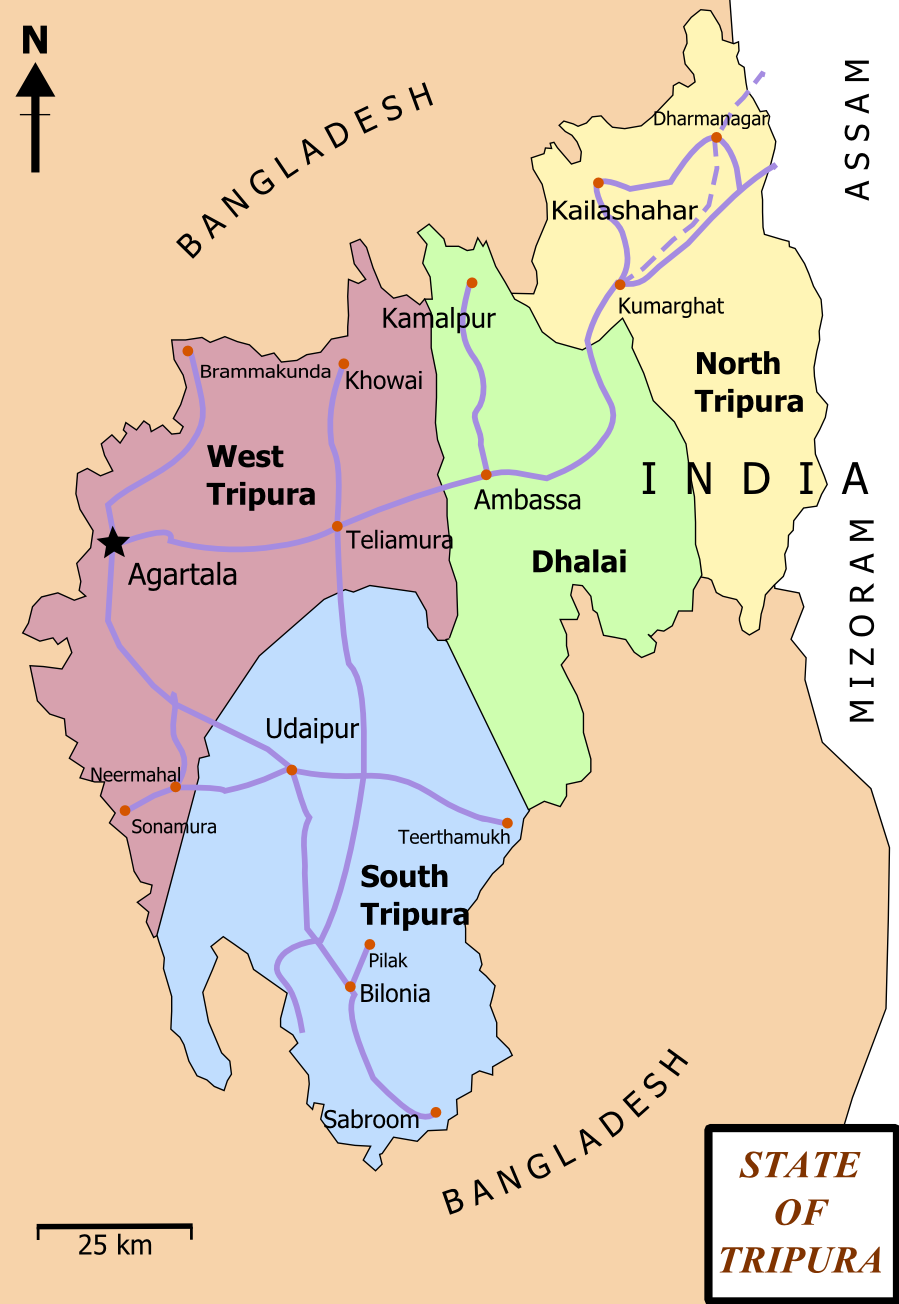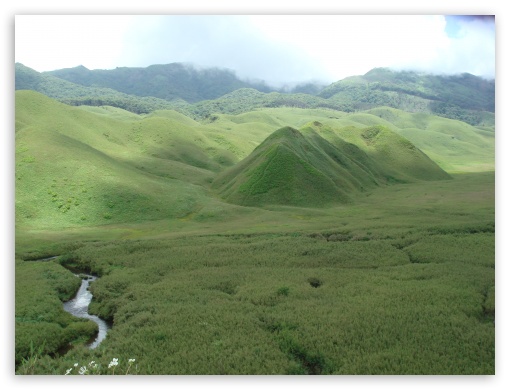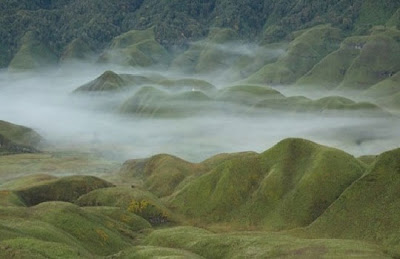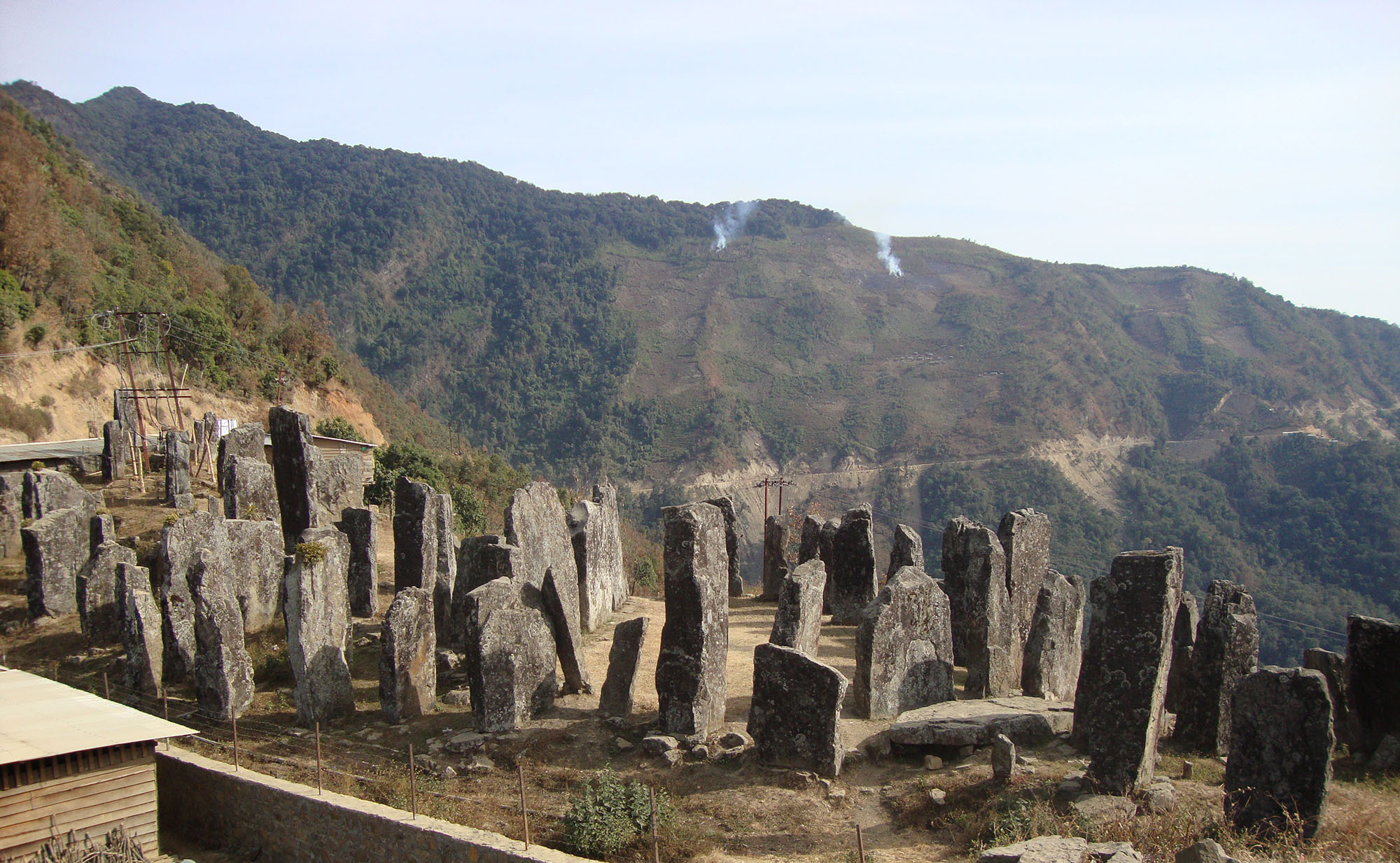The original name of
Bishnupur - the abode of Vishnu was Lumlangdong (popularly known as Lamangdong) is a picturesque town situated at the foot hills that rolls down to the valley. The 15th century Vishnu Temple built of peculiarly small bricks supposedly of Chinese influence during the reign of King Kiyamba is of a historical importance. Bishnupur is also famous for its chiselled stoneware.
How to reach here:
By Air: The closest airport is situated at Imphal, which is at a distance of approximately 35 kilometers from the town of Bishnupur.
By Rail: Bishnupur doesn't have its own
railway station and the nearest rail-head to Bishnupur is the Dimapur railway station which is located at a distance of 215 km.
Best time to visit: September to April.
Languages spoken: Manipuri, English, Hindi.
Places you must visit:
Dal Madol, the name of a cannon was built by the Malla kings to fight the Maratha invasion. This Cannon is near Chinomasta temple and is significant for the people of Bishnupur as well as Bengal. The cannon measures about 3.8 m in length and has a barrel of 28.5 cms. It was built in the year 1742 under Raja Gopal Singh to protect Bishnupur from Marathas. The Cannon is built with iron materials and doesn’t have any rust, though it is exposed to rain and sun since 18th century.


Rasmancha is believed to be the oldest pyramidal tower shaped, brick temple. This temple is surrounded by turrets, in the shape of huts which was an idea of King Bir Himbira in 17th century.The Rasmancha was built in a way to accommodate the deities that people brought during the festivals. This structure is showcased nowadays by illuminating at night.



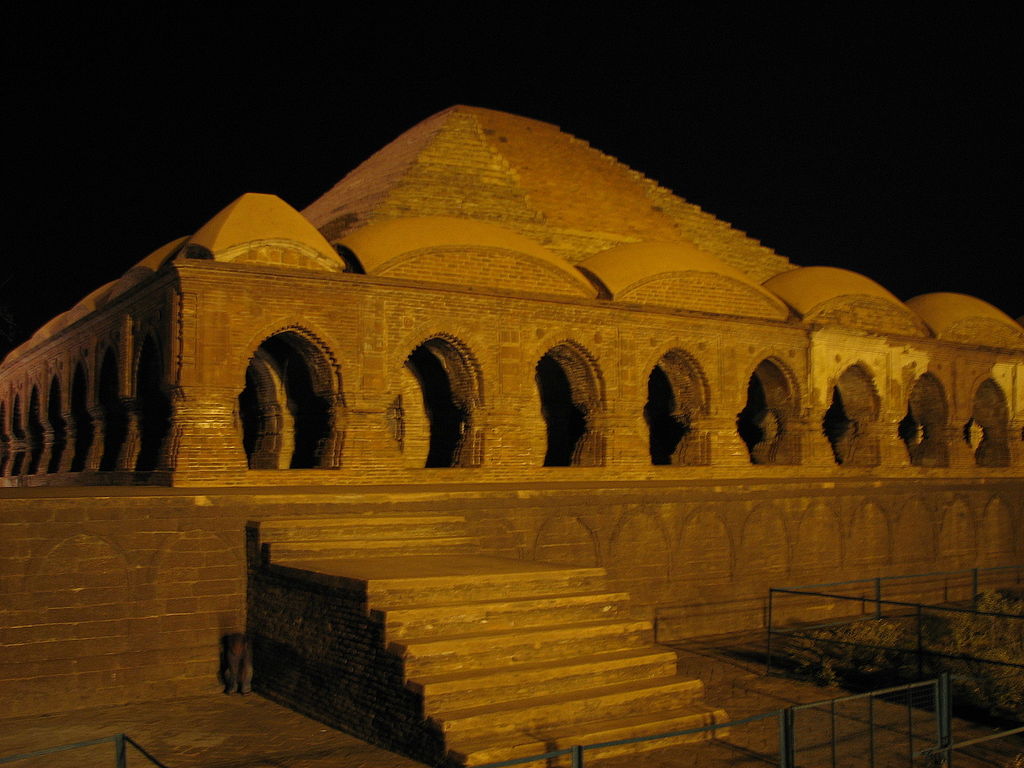
Susunia Pahar is a small hill in the region of Bishnupur. At a height of about 44 mts, the hill provides a site of historical inscriptions by a 4th century ruler, Chandravama and is also a location for trekking. Susunia Pahar can be reached from the Bankura Purulia road by taking a diversion at Chhatna. As a trekking spot, the hill also has natural springs, Dhara and Silialipi.
 The Madanmohan temple
The Madanmohan temple was built by the King Durjana Singh Dev in late 17th century. Madanmohan temple is one of those oldest temples in Bishnupur where the deity is still there and worshiped.The terracotta temple was constructed within the fort complex in 1694 AD. It was built in the 'Eka Ratna' style of temple architecture with a square flat roof, cornices that are curved and a pinnacle on the top. This temple is even more ornately carved and sculptured than the other famous terracotta temples in Bishnupur.Anecdotes and stories of the legend of Lord Bishnu, also known as Madan Mohan, are quite famous in Bishnupur and also during the rules of malla kings. Stories from Mahabharata, Ramayana and puranas, adorn the ceiling and walls in the form of paintings and carvings.


Radha-Shyam Temple is one of the famous terracotta temples at Bishnupur in Bankura District of West Bengal. The temple was built by King Chaitanya Singha in 1758 and is dedicated to Lord Krishna. The temple architecture consists of a square building with a curved roof and is crowned by a single tower.

The Shyama rai temple is to the north of the Bishnupur village and is famous for the curved roof architecture. The square shaped temple has its interior and exterior decorated with wonderful terracotta tiles..There are various pictures and carvings that depict the stories of lord Krishna, as cowherd, with the flute and the gopis.

Keshta Rai (Jora Bangla) Temple: This temple is near the Shyama Rai Temple and was built at around 1655 by King Raghunath Singh, son of Bir Singha. This brick temple imitates the indigenous double hut (jora bangla) design, in which two huts with sweeping curved façade are built, back to back, as one unit. The front of the temple has a triple-arched entrance and the entire wall is alive with miniature sculpture and decorative motifs with scenes from the Ramayana.

Jogesh Chandra Archaeological Centre was established in 1951, exhibiting artifacts of the Malla kings and is located at Bishnupur. The Center also features a unique collection of pre prehistoric implements, large assemblage of documents and manuscripts, stone and terracotta sculpture, epigraph bronzes, coins of early and medieval period, scroll painting and painted manuscripts-covers, and over four thousand medieval manuscripts in sanskrit, Prakrit and Bengali.

